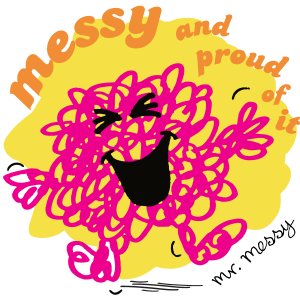 In order to design for knowledge building, creativity and innovation, the school Library Learning Commons needs a common vision, an effective design team and a responsive philosophy.
In order to design for knowledge building, creativity and innovation, the school Library Learning Commons needs a common vision, an effective design team and a responsive philosophy.
If a school Library Learning Commons is meant to “facilitat[e] knowledge creation” and build a “participatory learning community,” it follows that any successful design would need to build on these foundational premises (CLA, 2014, p. 3-4). In other words, you would need a team or steering committee representative of the entire school community to co-create both the vision and the practical implementation of that vision. The Canadian Library Association (2014) captures this in Leading Learning: standards of practice for school library learning commons in Canada. The article’s “Key Steps for Implementation” neatly outlines the necessary philosophy and seven broad steps for designing a learning commons. Personally, being a ‘big picture’ personality, I love these broad strokes. However, I can already hear my former team teacher demanding the nut and bolts of the plan (hence why we made an excellent team!).
Ekdahl and Zubke (2014) come to the rescue with the sharply practical checklist in From School Library to Library Learning Commons: A Pro·Active Model of Educational Change (p. 9). Neatly categorized under five sub headings, necessary factors such as sufficient staffing and technological infrastructure are detailed. The inspirational goals of creativity and innovation need rather mundane considerations to flourish and this brings us back to the importance of the team. Being a twin, I’ve learned two very important lessons: (1) I do not have the aptitude to do everything myself and (2) I don’t have to!
If you have a team that shares a common vision, encompasses diverse skill sets and (this is important) learns how to work together as a team, anything can be accomplished. More than that, if we wish to facilitate participatory and collaborative cultures within our schools we must both experience and model it.
Of course, the more participatory anything is, the messier it is and this is the true  challenge of designing for knowledge creation, creativity and innovation. Creation of anything is messy and should be. There is no clean and clear path from point A to point B, no reservoir of static knowledge to be uncovered. An effective learning commons will be created collaboratively and will be continuously responsive to the community it serves. Consequently, it will always be influx, evolving and adjusting according to community need and desire. It’s always going to be, well, messy.
challenge of designing for knowledge creation, creativity and innovation. Creation of anything is messy and should be. There is no clean and clear path from point A to point B, no reservoir of static knowledge to be uncovered. An effective learning commons will be created collaboratively and will be continuously responsive to the community it serves. Consequently, it will always be influx, evolving and adjusting according to community need and desire. It’s always going to be, well, messy.
